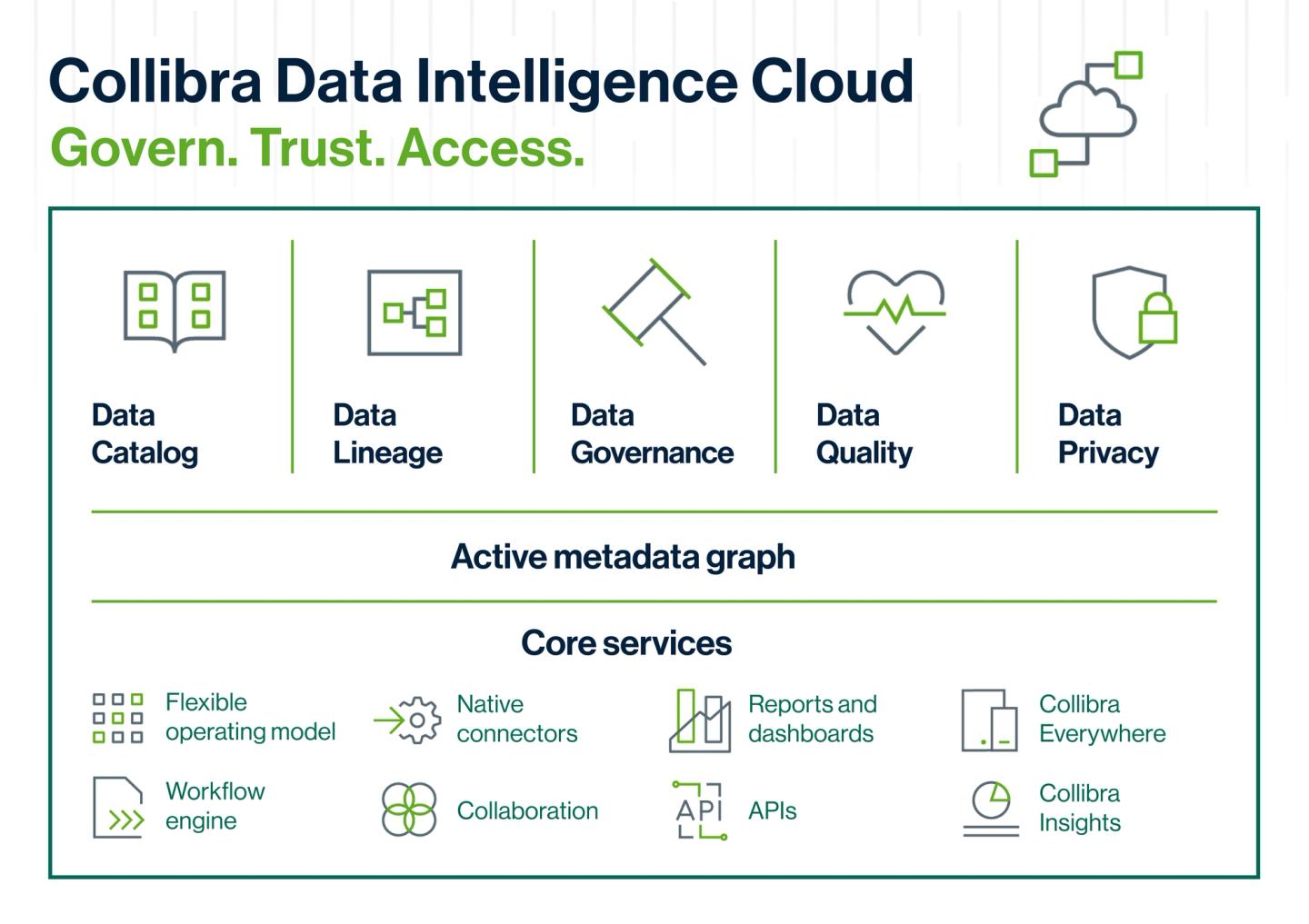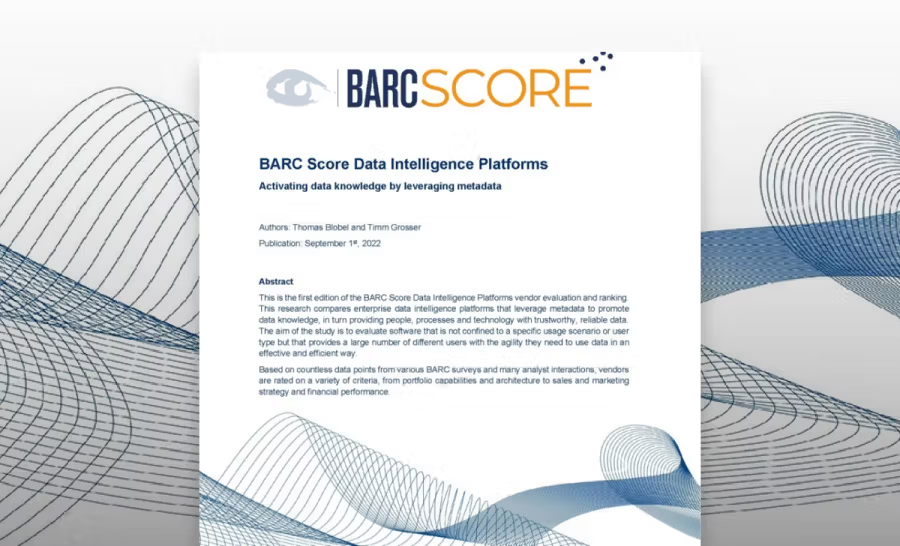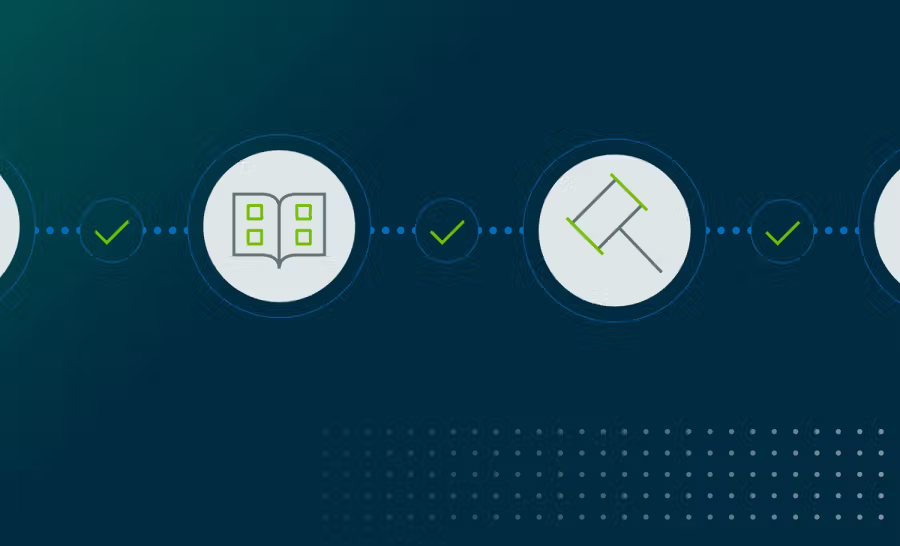Why rigorous data management is key to reducing claims fraud

Claims fraud costs government agencies, insurance companies, consumers, and taxpayers billions in losses each year. According to industry experts, the combined losses stemming from fraudulent medical, unemployment, workers’ compensation, and property & casualty claims exceed $250 billion each year in the United States alone.
For instance, worldwide annual healthcare fraud accounts for approximately 6% of global healthcare spending. This staggering amount is equivalent to the GDP of a country like Finland. On the property & casualty front, globally nearly 10% of claims that insurers receive are fraudulent. Claims fraud is so widespread that many organizations have factored it into the cost of doing business. While fraudsters are always devising new schemes to commit crime, some of the most common examples of fraud include:
- Medical fraud: Billing for services that are never rendered, exaggerating services or procedures inaccurately, falsifying diagnoses and performing unnecessary procedures, submitting duplicate treatment codes when billing insurers or patients, etc.
- Property & casualty: Fraudulent auto claims can range from staged auto accidents, planned vehicle theft (when a car owner colludes with a partner to steal, sell, destroy or strip the vehicle for its parts and then files a fake claim), or falsifying or exaggerating a claim such as repair costs, injury, etc.
- Workers’ compensation: According to the National Insurance Crime Bureau (NICB), annual workers’ compensation fraud is more than $32 billion. Claims fraud can include fabrication of injuries, collusion between doctors, lawyers and claimants to defraud the system by creating exaggerated claims that include excessive treatments as well as over prescribing medications.
- Unemployment: It is projected that over the past two years alone, nearly $87 billion were lost to falsified unemployment claim submissions. The losses continue to balloon as entities and individuals provide false, misleading or inaccurate information to gain access to benefits and unemployment payouts.
Combat claims fraud with rigorous data management, analytics and AI
The fight against claims fraud is not an easy one. The challenge is further exasperated by the fact that government agencies and insurance companies operate in a highly complex data landscape with petabytes of data spread across hundreds of disparate data sources. The combination of data sprawl and data silos coupled with ungoverned and poor-quality data has made the problem exponentially worse. It enables bad actors to hide their nefarious fraud schemes and exploit vulnerabilities in data, systems and processes. Moreover, fraudsters also count on the potential for human errors when handling, verifying and approving claims. While there is no silver bullet or panacea to prevent or eliminate claims fraud in its entirety, government agencies and insurers should consider taking a layered approach to building a solid line of defense, starting with:
Enacting a rigorous data management strategy
Data management – including data cataloging, governance, data quality and privacy – is a foundational pillar in overcoming data silos, driving transparency and data integrity at scale. Since data is the lifeblood of every aspect of an insurer’s and government agency’s business, having the right data controls in place is critical.
For instance, if data is of low quality (incomplete, redundant, erroneous), trying to detect or prevent fraud becomes that much harder. Fraud detection tools emit more false positives when the integrity of the underlying data is poor. Furthermore, low quality and ungoverned data also makes it harder for those handling claims to easily follow proper corporate guidelines and policies, as well as verify pertinent information to avoid errors or increase the likelihood of approving a fraudulent claim.
Leveraging analytics and AI
The use of AI and advanced analytics is also key in understanding patterns, detecting and preventing fraud. However, any AI model or predictive analytics solution is only as good as the data it leverages. For instance, machine learning models that detect fraud require massive volumes of data to train on. If the data lacks integrity, then the models are more likely to be skewed or erroneous. Moreover, to remove some of the opacity associated with models, data should be traceable and easily understood with rich business and technical context.
How Collibra Data Intelligence Cloud can help
At Collibra, we work with leading insurers and government agencies globally to help them innovate with trustworthy data.

Collibra Data Intelligence Cloud is an intelligent data platform that leverages the power of machine learning and provides a holistic and integrated approach to cataloging, governing, protecting, managing and collaborating with data at scale across on-premises, hybrid and multi-cloud environments.
Insurers and government agencies rely on Collibra Data Intelligence Cloud to:
- Rapidly catalog all their data regardless of where it resides to create a single, trusted repository of metadata (data about data). The catalog offers advanced capabilities that are purpose-built to empower data citizens (data producers and consumers) to easily find and understand the data they need with rich business and technical context at a granular level.
- Enact a comprehensive data governance strategy and develop a consistent data taxonomy, data usage registry, physical and/or logical data dictionary and glossary of terms. Collibra data governance is a one-stop-shop for data, regulatory compliance, AI and analytics governance. Pre-built templates, out-of-the-box data domains and intuitive workflows provide a framework for cross-functional teams to establish a common understanding of data to ensure consistency.
- Address data quality and privacy issues at scale to ensure data integrity. For instance, Collibra predictive data quality and observability leverages machine learning (ML)-enabled capabilities to proactively detect anomalies in data such as missing records, values as well as broken relationships across tables or systems resulting in rapid resolution. Moreover, advanced capabilities in data privacy and protection helps ensure sensitive data is easily identified and fully protected with role-based access control.
- Obtain end-to-end visibility with automated data lineage and an active metadata graph enabling users to easily visualize the flow of data from source to target as well as understand all the data dependencies at a granular level.
- Enforce rigorous data privacy and protection policies. For instance, advanced capability in data privacy and protection will help ensure sensitive data is easily identified and protected with role-based access control.
Next steps
To learn more, I would like to recommend the following webinars and reading material:
Related articles

Data IntelligenceJanuary 27, 2022
Accelerate IFRS-17 Compliance with Data Intelligence Platform

Data IntelligenceSeptember 27, 2022
Collibra is a Market Leader in first-ever BARC Data Intelligence Platform Vendor Evaluation

Data IntelligenceOctober 28, 2022
The must-have checklist for maximizing the value of your data catalog and governance investments with Collibra

Data IntelligenceMarch 10, 2022
Improve data literacy and data sharing in government
Keep up with the latest from Collibra
I would like to get updates about the latest Collibra content, events and more.
Thanks for signing up
You'll begin receiving educational materials and invitations to network with our community soon.
